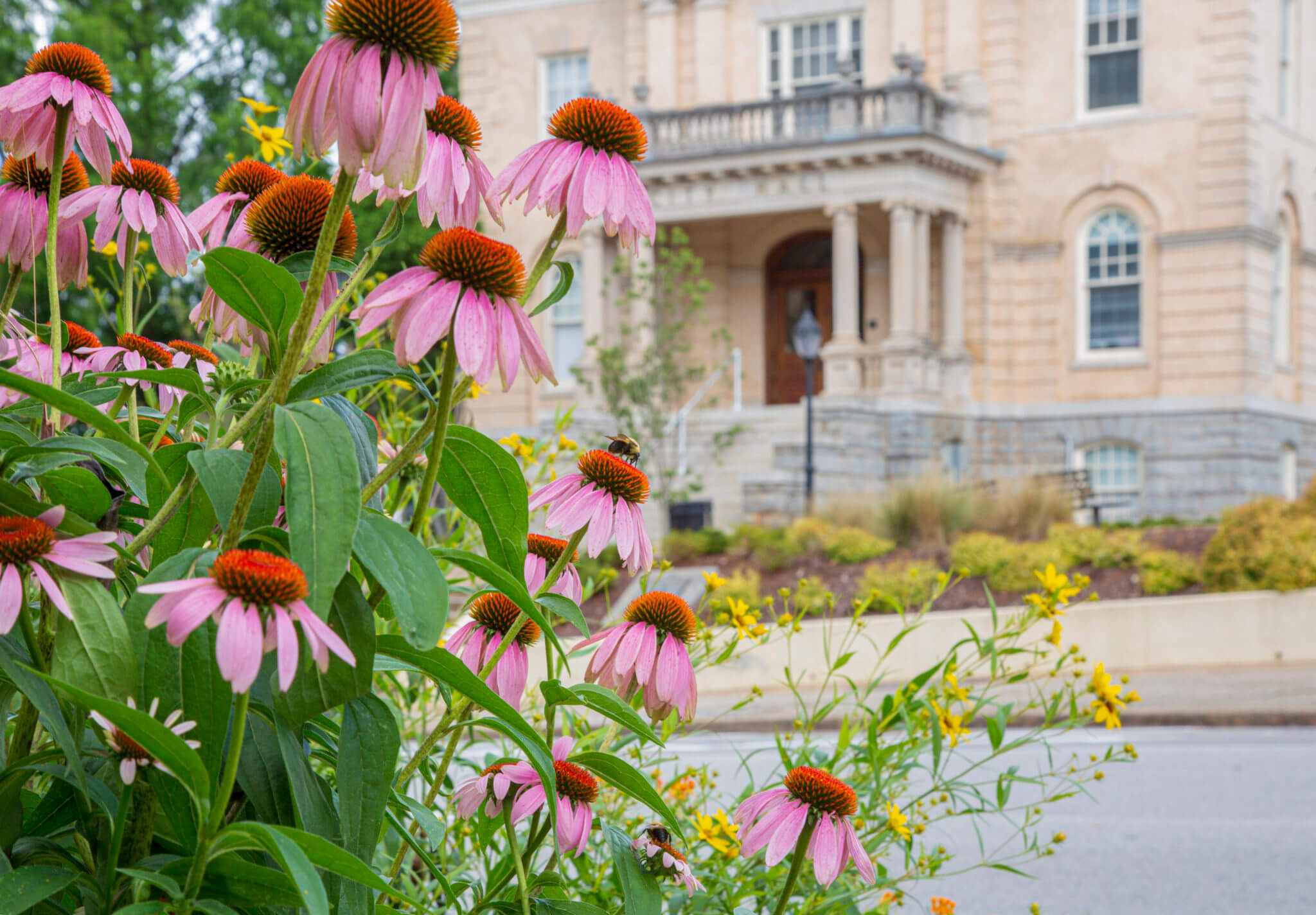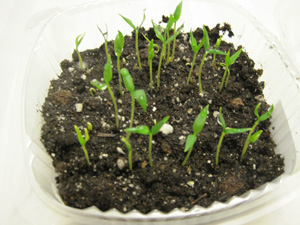
It’s almost that time of year again: January is the month for seed catalogs galore.
Seed catalogs are the embodiment of possibility, a chance for gardeners to envision the ever-elusive perfect garden. It is one of my favorite times in the garden year. This year, most of us could use something sunshiny to ponder.
The weather has been gray, and even for the most optimistic, envisioning something as hopeful as a spring garden seems to take more energy than it should. That is even more reason to start plants from seed this growing season. Starting seeds takes attention, care and time, and a bit of faith that something good will come from that diligence, things that I think most of us could benefit from at the moment.
Plant selection
In addition to perusing vegetables and annual flower catalogs, the last few years I have perused native seeds and dabbled in seeding native perennials. This year I am abandoning the dabbling and going at it full force, and there are a few reasons I think natives are a good choice to focus planting plans around, especially for this year.
Native plants are good for wildlife, including native pollinators. They are good nectar sources for bees and hummingbirds. Some of my selections this year are hosts for butterflies, meaning they are one of maybe only a handful of plant species where a particular type of butterfly will lay its eggs. My children were utterly fascinated by the caterpillars on our various host plants this past summer. They watched the “very hungry caterpillars” munch the host plants, drew sidewalk chalk caterpillars and played caterpillars that turned into cocoons repeatedly while we had caterpillar guests. My husband and I were also fascinated by caterpillar watching and checked on the progress of our caterpillars and watched other insects visiting blooms.
Doing kind things for the environment is always heartening, but it is even better when you get flowers and entertainment in the process.
Seed starting with natives
Native plants are also adapted to the area. Siting still matters; plants that are from wet environments will still do better in a soggy area, but when matched with the correct site, natives are just better adapted to survive Georgia weather and climate.
Starting seeds can also save money. At minimum effort and cost, natives can be direct-seeded in the garden. For a little more investment, buy a germination mat, build a grow-light stand, sanitize and reuse old trays, and purchase potting soil to start indoors for a jump-start on the season and more consistent results. Either way, buying seeds is much cheaper plant for plant.
Natives can also offer a wider selection than you will find in most stores. You may find familiar plants, such as coneflower and black-eyed Susan when looking at native seeds, but also fantastic plants such as eastern bluestar, spotted beebalm, or rattlesnake master, which are much less frequent in garden centers and landscapes.
This is an ideal time to start native perennials from seed, because the process takes months. With the right planning, an avid gardener can make the seed-starting season last from now until May.
The reason starting perennials takes longer than most annual seeds is because of the need for stratification and sometimes scarification. I’ll be the first to admit that for at least half of my life, these were terms I memorized for tests. I was probably taught these definitions at least five times before I started planting perennials from seed for pollinators and the terms became useful.
Stratification and scarification

Perennial seeds have mechanisms that prevent them from germinating too early in the season, and home gardeners must mimic these conditions before successfully starting seed. It is more complicated than vegetables or flowers but still easy.
A cold period, or stratification, is one of those mechanisms. You can stratify seeds in your home by mixing seeds with slightly damp sand, popping them in a plastic bag, and leaving them in the fridge for a month or so, depending on what the particular plant requires.
Likewise, some seeds need to be scarified. They need their seed coat to be broken down a bit before they will germinate. For homeowners, the best way to do this is by using sandpaper to gently scratch the surface.
Reputable seed dealers will provide information on germination requirements. Most perennial seeds need to be stratified, only some need to be scarified and some have different considerations altogether. Make sure to read directions thoroughly!
As with any plant, pay attention to the amount of sun and soil moisture it needs and its size at maturity. Native perennials are wildflowers, and often they are taller than their tame cultivar varieties, which have been breed to be smaller with a more uniform growth habit. Also keep in mind, some may not bloom in their first season, but that is no reason to worry.
Gardeners, I hope you consider adding natives to your seed-starting plan this spring. It is an extra challenge, but starting the garden season early this year seems like a similar logic to folks that put up their Christmas tree before Thanksgiving. Let’s put a real urgency into this year’s seed catalog musings and plant with a little hope that a good spring is just around the corner.






